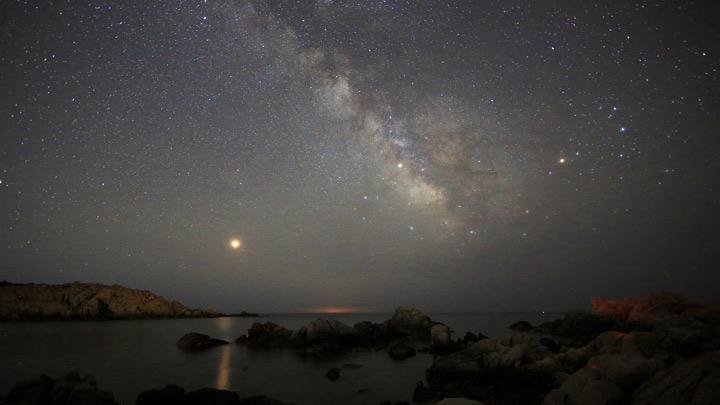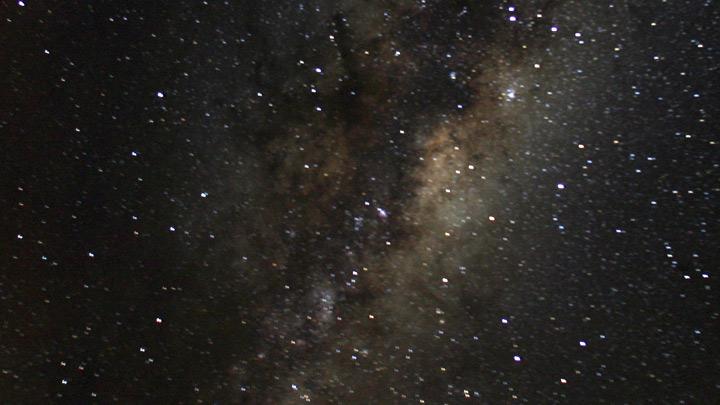Astronomers Find that Milky Way is a Warped and Twisted Galaxy
From
2 August 2019 08:53 WIB

2 Agustus 2019 00:00 WIB

2 Agustus 2019 00:00 WIB

2 Agustus 2019 00:00 WIB

2 Agustus 2019 00:00 WIB

2 Agustus 2019 00:00 WIB

2 Agustus 2019 00:00 WIB


Konfirmasi Email
Kami telah mengirimkan link aktivasi melalui email ke rudihamdani@gmail.com.
Klik link aktivasi dan dapatkan akses membaca 2 artikel gratis non Laput di koran dan Majalah Tempo
Jika Anda tidak menerima email,
Kirimkan Lagi Sekarang
From
2 August 2019 08:53 WIB
Related Photo

Hong Kong Developer Hopes To Create Army of Caregiver Robots
25 January 2021

Comet "Neowise" Spotted Glowing in the Night Sky
20 July 2020

Google Unveils Quantum Computer Breakthrough
24 October 2019

NASA Unveils New Spacesuit Prototypes for Moon Missions
17 October 2019